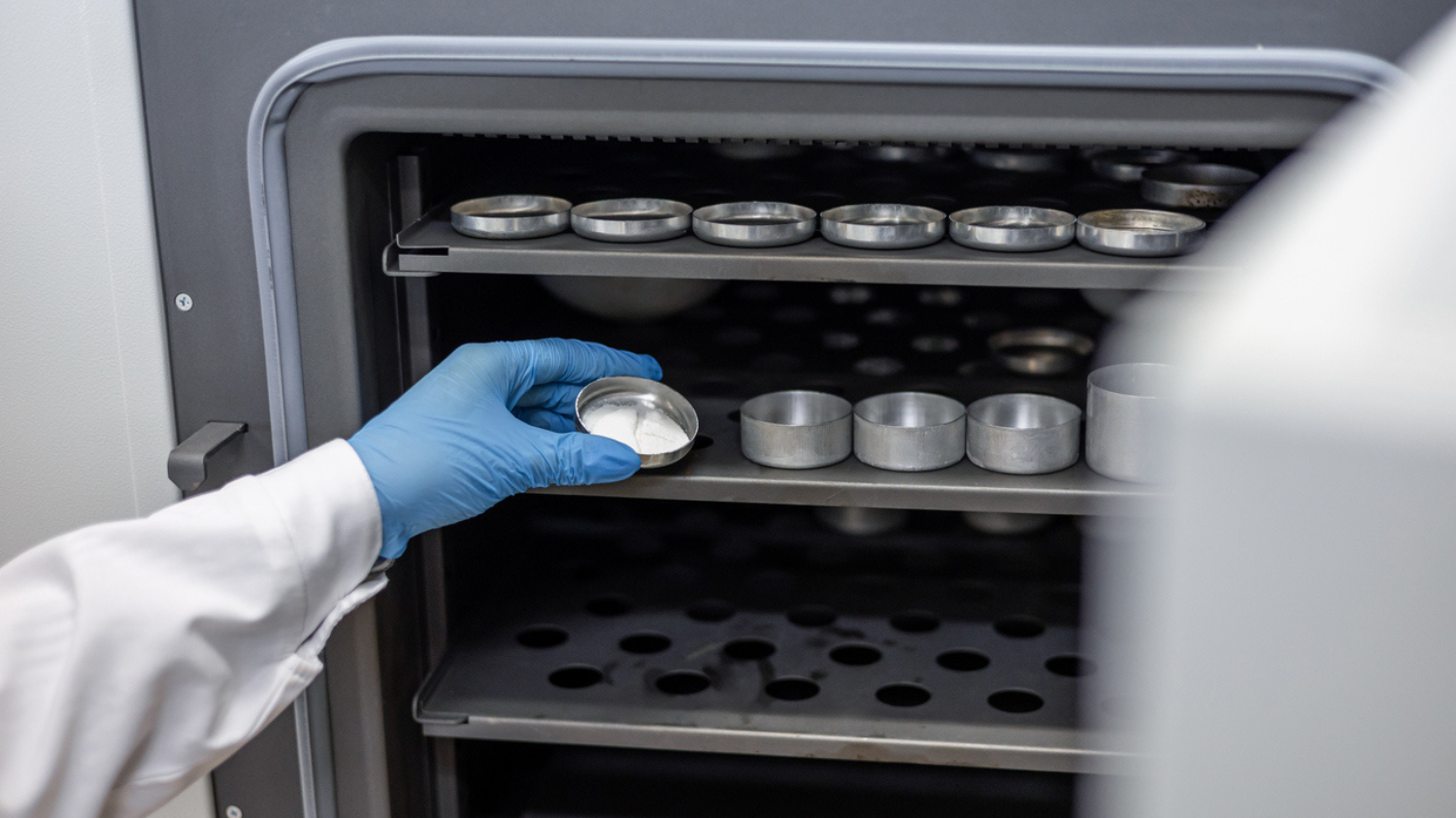Top 4 Uses for Vacuum Ovens in Laboratories and Industrial Settings
Posted by USA Lab Equipment on Mar 14th 2025
Vacuum ovens handle sensitive materials with unmatched control in environments where precision and reliability can’t be compromised, such as electronics manufacturing, aerospace facilities, or cannabis production labs.
1. Drying Heat-Sensitive Materials
Unlike traditional drying methods (which rely on high heat and can damage sensitive substances), vacuum ovens use reduced pressure to lower the boiling point of liquids. This lets moisture evaporate at much lower temperatures, protecting the material’s integrity with a gentle, controlled drying process.
Many materials, like certain polymers, plastics, and composites, are heat-sensitive. Exposing them to high temperatures can cause warping, cracking, or even chemical breakdown. Vacuum ovens solve this problem by providing a low-temperature drying environment that’s both efficient and safe.
Applications:
-
Polymers and Plastics: Drying silicone rubbers, epoxies, and resins without causing warping or degradation.
-
Hygroscopic Materials: Removing moisture from ceramics, powders, or specialty chemicals that readily absorb water.
-
Composite Materials: Preparing composites for industries like aerospace or automotive by drying resins or adhesives.
2. Degassing and Removing Solvents
Even the smallest air bubble or trace of solvent can lead to defects, weak spots, or even product failure. That’s where vacuum ovens come in. Vacuum ovens force trapped gases and solvents to escape by creating a low-pressure environment, leaving behind a pure, stable material ready for use.
From everyday consumer products to cutting-edge technologies, the quality of materials can make or break a product. Degassing ensures that materials like resins, adhesives, and composites are free from imperfections, resulting in stronger, more reliable, and better-performing end products.
Applications:
-
Cannabis Industry: Degassing solvents from cannabis extracts to produce pure, high-quality concentrates like shatter, wax, or oil.
-
Electronics Manufacturing: Degassing silicone rubbers, epoxies, and resins before curing to ensure reliable performance in circuit boards, sensors, and other components.
-
Automotive Industry: Removing solvents from adhesives and composite materials used in vehicle manufacturing to improve durability and safety.
-
3D Printing Filaments: Moisture and gas pockets in plastics cause printing flaws. Vacuum degassing guarantees smooth, consistent extrusion.
3. Curing
Exposure to oxygen during curing can lead to oxidation, weakening bonds and compromising material performance. Vacuum ovens solve this problem by providing an oxygen-free environment so materials cure evenly and bond securely.
Even minor defects can have serious consequences in industries where material performance is critical. Curing and bonding in a vacuum environment eliminates the risk of oxidation, resulting in stronger, more durable, and more reliable products.
Applications:
-
Electronics Manufacturing: Curing epoxy adhesives and conformal coatings in oxygen-free environments to prevent oxidation and ensure reliable performance in circuit boards, sensors, and connectors.
-
Aerospace Industry: Bonding carbon fiber composites and thermal coatings under vacuum to create strong, durable bonds that withstand extreme conditions in aircraft and spacecraft components.
-
Medical Device Manufacturing: Curing biocompatible adhesives and coatings for surgical instruments and implantable devices in oxygen-free environments to meet strict safety and performance standards.

4. Outgassing for High-Vacuum Applications
In aerospace, electronics, and semiconductor manufacturing industries, materials must be free of volatile compounds that could outgas in vacuum or high-temperature environments. Vacuum ovens are used to outgas materials, removing these compounds and making sure they remain stable and reliable under extreme conditions.
Outgassing can lead to contamination, performance issues, or even failure in critical applications like space missions or semiconductor production. Vacuum ovens ensure that materials are free from volatile compounds before they’re used.
-
Aerospace Industry: Outgassing composite materials and adhesives used in spacecraft to prevent the release of gases in the vacuum of space.
-
Electronics Manufacturing: Preparing electronic components for vacuum environments by removing volatile compounds that could cause contamination or failure.
-
Semiconductor Manufacturing: Outgassing materials used in chip production so they meet high standards and prevent defects.
Precision Under Pressure
Vacuum ovens are essential for industries that require precise control over temperature and pressure. From drying heat-sensitive materials to curing adhesives in oxygen-free environments, these ovens ensure consistent, high-quality results.
In laboratories and industrial settings where failure is not an option, vacuum ovens provide the reliability and performance needed to meet strict standards.
Need a vacuum oven that meets your industry’s demands? Explore USA Lab’s vacuum ovens or speak with our team to find the right fit for your needs.

